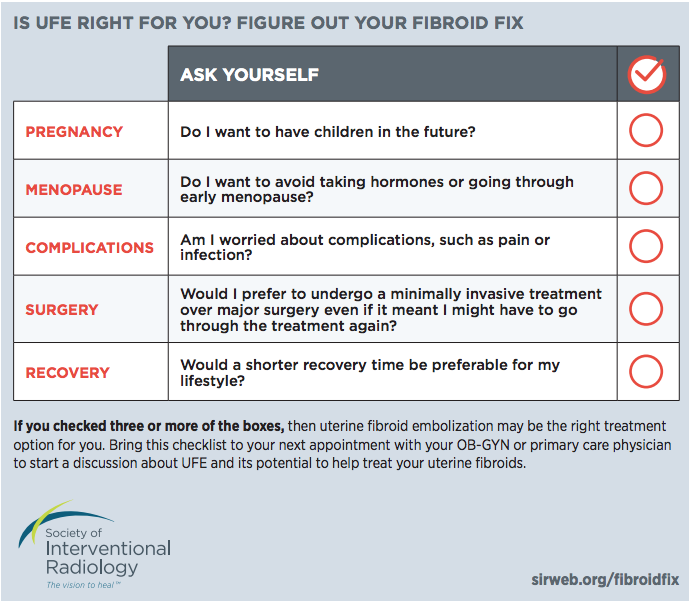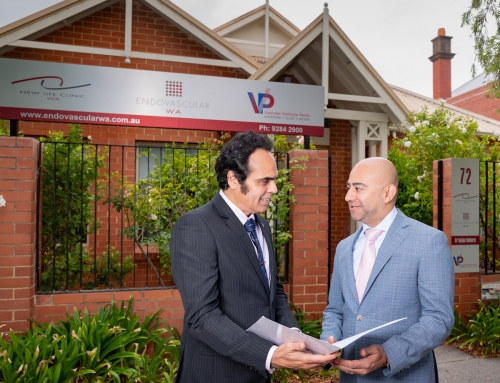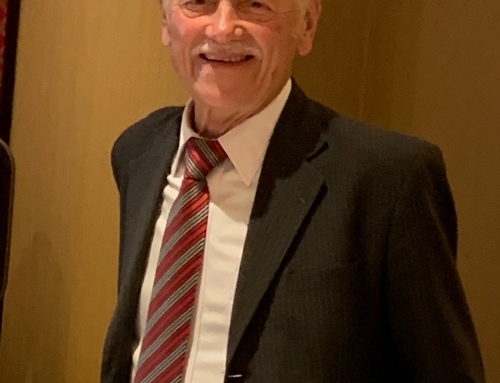Uterine Fibroid Treatment – you have a choice of having a minimally invasive, (pin hole) non-surgical procedure
Uterine fibroid treatment is no longer limited to major surgical options. Uterine fibroids will affect 70 to 80% of women by the time they reach 50 years of age. Symptomatic fibroids can cause;
· heavy menstrual bleeding
· Longer than normal menstrual bleeding
· Abdomen, pelvic and lower back pain
· Frequent urination
· Constipation
· Feeling of pressure in the abdomen and pelvis and sometimes a visible lump on the belly
Traditional uterine fibroid treatment methods include hormones, myomectomy and hysterectomy. Taking hormones for long periods may be associated with side effects and surgical procedures are invasive and come with a list of complications including fertility issues, early menopause and a lengthy recovery time.
So why is it important to know ALL of your options?
Breakthroughs in medical technology and imaging have created new treatment choices for patients. There are minimally invasive (pin hole), non-surgical solutions now available for treatment of symptomatic uterine fibroids. These have all been scientifically proven and in the international guidelines for treatment of fibroids.
The procedure is referred to as a UAE (Uterine Artery Embolization )
Interventional Radiology (IR) is the use of advanced medical imaging to deliver targeted treatment for a range of conditions using a pin hole in the skin.
Now more than ever it is important for patients to understand all of their options! Ask your doctor;
· is there a minimally invasive treatment option for me?
The good news for ladies suffering from uterine fibroids is that the answer is YES.
Uterine artery embolization (UAE) is a clinically proven non-surgical minimally invasive treatment option for uterine fibroids.
The procedure is performed in a hospital through a pin hole in the wrist or groin under local anaesthetic and sedation. Using XRay guidance an Interventional Radiologist (IR) can use a catheter to reduce the blood supply to a fibroid or multiple fibroids resulting in significant reduction in size and therefore symptoms.
Uterine Artery Embolisation facts
· Less downtime than traditional surgery results in better quality of life for the patients
· Preserves the uterus
· Patients go home the same day or the next day after the procedure
· Patients can resume normal activities (within reason) in just 7 days
· Does not interfere with any future treatments you may require on your uterus
So the take home message is;
· Please educate yourself on all of the treatment options available to you
· Ask your GP and Gynaecologist if there is a minimally invasive treatment option for your medical condition
· Get a second opinion from an Interventional Radiologist
Who is Dr Sanjay Nadkarni?
Dr Sanjay Nadkarni is one of Perth’s leading interventional radiologists (IR’s). He works weekly as a consultant at Sir Charles Gairdner Hospital and privately at The Mount Hospital.
He performs thousands of minimally invasive procedures each year and the Uterine Artery Embolisation (UAE) is no exception.
Call the clinic on 9284 2900 or ask your GP for a referral to see Dr Sanjay Nadkarni. www.endovascularwa.com.au
For more information on Dr Sanjay Nadkarni please click here.
For more information on Uterine Artery Embolisation please click here.
References
Society of Interventional Radiology – Uterine Fibroids




